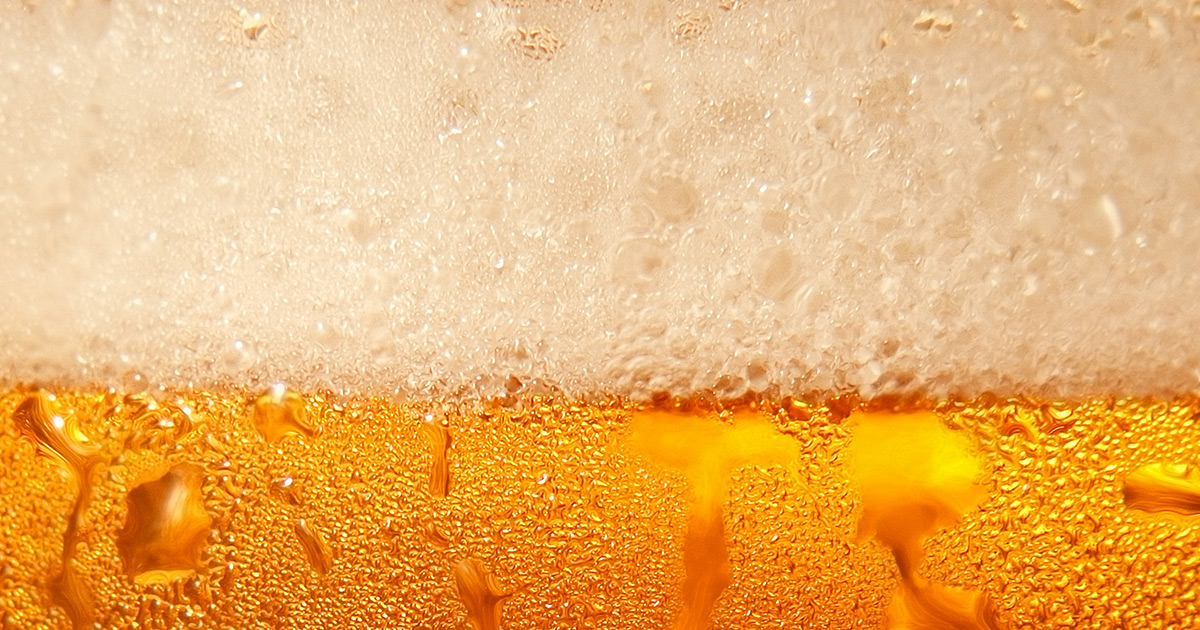Part Three it is,
Homebrewing: Homebrewing was illegal in the United States until 1978. The American President Jimmy Carter signed a bill that year to legalize home brewing, although it still remained illegal in some states for many years after.

Oldest Brewery: Weihenstephan Abbey in Germany, which has been brewing beer since at least 1040 AD.

Beer in Middle Ages: In the Middle Ages, beer was consumed more than water because the alcohol made it safer to drink. The alcohol in the beer killed off many harmful bacteria and viruses that water might have contained.
A Pint a Day: In Medieval England, people consumed an astonishing amount of beer, which was usually a mild ale, with an average person drinking a pint for breakfast, lunch, and dinner.
The Foam on Beer: The foam at the top of beer when it is poured is called the "barm". It's created by the process of fermentation. A good "head" of foam is a sign of quality and it helps to enhance the overall taste of the beer.

Monk's "Liquid Bread": Monks brewing beer in the Middle Ages referred to beer as "liquid bread", because its nutritional content helped them through periods of fast, such as Lent.
Beer and the Invention of Refrigeration: Beer also indirectly led to the invention of refrigeration. Lager beer, which ferments at lower temperatures, required cool storage areas. To keep lagers available in the summer, brewers would have to harvest and store ice, an expensive and labor-intensive process. This led to the development of the first industrial refrigeration machines, used in a brewery in 1873.
Beer and Shampoo: Beer is often used as a natural hair treatment. The proteins from the malt and hops found in beer help repair damaged hair and boost overall body. Some people use it directly, while others buy specialty beer shampoos.
Remember to consume beer responsibly, and enjoy the rich history and variety that the world of beer has to offer!


